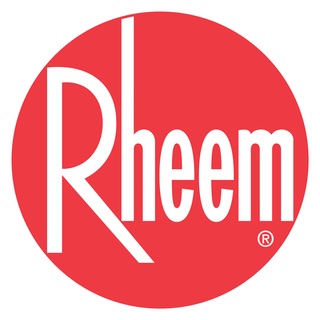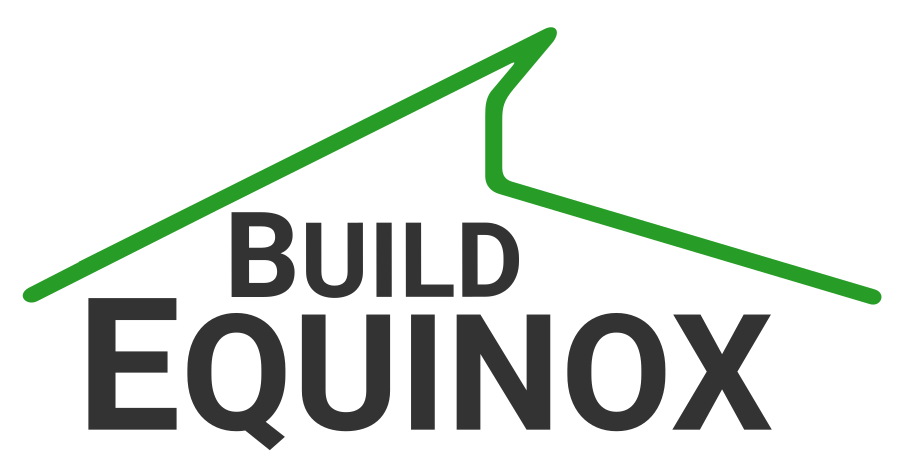Making buildings more sustainable is a big part of addressing climate change impacts. Green building experts are doing this with innovative water-smart techniques. New builds and renovations require attentiveness to water consumption to curb resource waste and eliminate scarcity. Here is how professionals are tackling the problem.
Permeable Pavement Systems
Smarter building options can control stormwater management. Systems that force water to percolate into groundwater aquifers are essential for recharging reserves.
Runoff is a constant concern, moving pollutants and other contaminants to places they should not go. Construction experts have several permeable pavement options to choose from to combat these situations, including but not limited to:
- Pervious concrete
- Porous asphalt
- Permeable interlocking concrete pavement
Flat surfaces like parking lots and driveways are the best places to install these materials, which could improve stormwater reduction by 25%-100% when implemented correctly. Permeable pavers lower flood risk and keep water clean.
Smart Water Distribution Systems
Professionals should design new households and complexes with water-smart infrastructure. Ideally, piping should not be responsible for holding too much hot water to preserve the equipment. Instead, water should recirculate from a safe source when demand arises instead of on a cycling timer.
Construction installers can automate pressure regulation by installing smart water distribution systems with valves and sensors that prevent overuse. The Environmental Protection Agency also recommends WaterSense-labeled products with fixtures that use less water than other models.
Smart water distribution also includes future-proof solutions. Copious waste occurs because of leaks. However, the industry has ground-based detection methods to catch leaks early. For instance, acoustic loggers create sound profiles of vulnerable areas and data that visualize the system and where repairs are necessary at a cheaper cost than satellite imaging. Ensuring compatibility with these sensors is essential.
Efficient Irrigation Systems
Sprinklers and other common lawn landscaping irrigation systems use billions of gallons of water, and 50% is lost to evaporation and runoff. Refining indoor water management is crucial. However, it is also necessary to perfect water management outdoors.
Builders have several ways to achieve this, depending on the geography and climate. Xeriscaping — or irrigation-reducing landscaping — relies on drought-resistant species to reduce watering needs. These plants are biologically adapted to live with less moisture.
There are also specific irrigation technologies. Sensor-based options can detect moisture and rain in the air, halting sprinklers if needed and saving water. Additional soil markers will inform connected devices when the moisture lowers to the point of needing attention. Professionals can install drip or micro-irrigation systems that more precisely and directly disperse water.
Finally, irrigation zones can prevent over- and underwatering of particular species. If workers group plants with similar demands, everything receives adequate water, saving people from guesswork.
Smarter Materials
Conventional construction components need a lot of water to reach a usable state. When renovating or starting a new construction, workers can use water-smart resources. These include:
- Dry mortar
- Fly ash instead of concrete
- Additives with lower water ratios
Experts have even designed curing techniques inspired by drip irrigation — known as drip curing — to help concrete maintain compressive strength while using less water.
Rainwater Harvesting Systems
Rainwater harvesting is one of the best ways to use free resources. Construction workers can encourage barrels and other setups in a few ways. They can install capturing systems — like gutters — to control water flow into a specific area. Then, filtration equipment can pull out any debris.
Some people may avoid installing rainwater barrels because of safety concerns. Professionals and service providers can educate clients on using barrels and what treatment options are available. Water-wise communities also need this knowledge to follow local water-use regulations, especially if other water reserves are on their property.
Water-Efficient Landscapes
Smart irrigation is a way of conserving water in landscapes, but there are many other ways for construction experts to help households save even more gallons. First, they can draft landscaping blueprints using the WaterSense Water Budget Tool, which provides a clear picture of how the land will operate with certain design choices. The foresight prevents excess resource consumption and having to redo work.
Water-wise landscapers will also make use of compost and mulch. Compost reinforces soil so it better retains water. It also reduces runoff risk while making the land healthier. Mulch is another moisture-retention strategy, but experts should remind clients to avoid rubber variants despite their aesthetically pleasing colors, as they provide no water conservation benefits.
Additionally, contractors can advise on how to grade soil for the best chances of smart water management. There should be a reasonable balance of flat ground with enough slope to guide flow when necessary.
Making Waves in Construction
These techniques are only a handful of ways construction workforces can tackle water waste to deliver immediate environmental benefits while saving households money on utility bills. Eventually, the efforts will establish new standards, making worldwide communities more resourceful.




